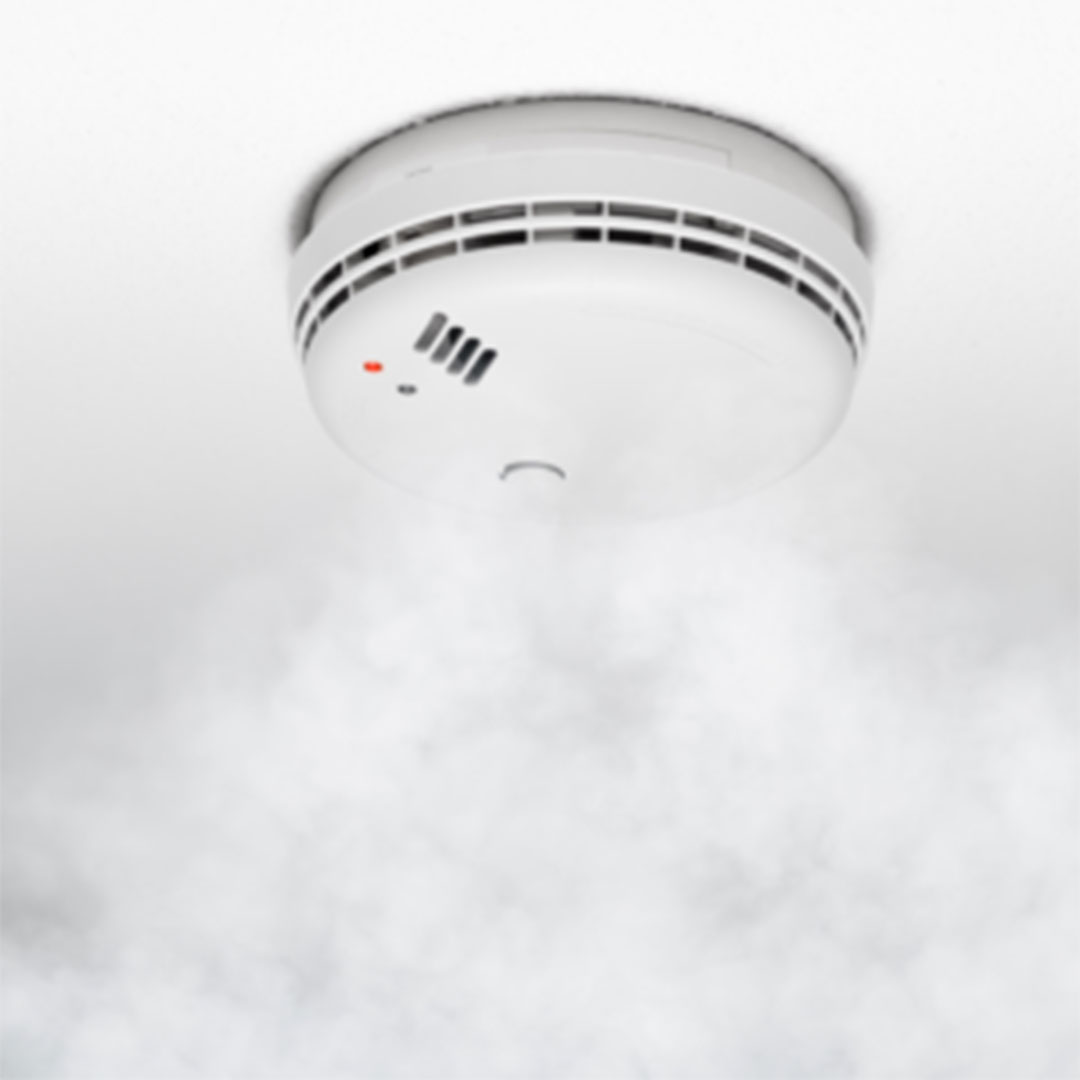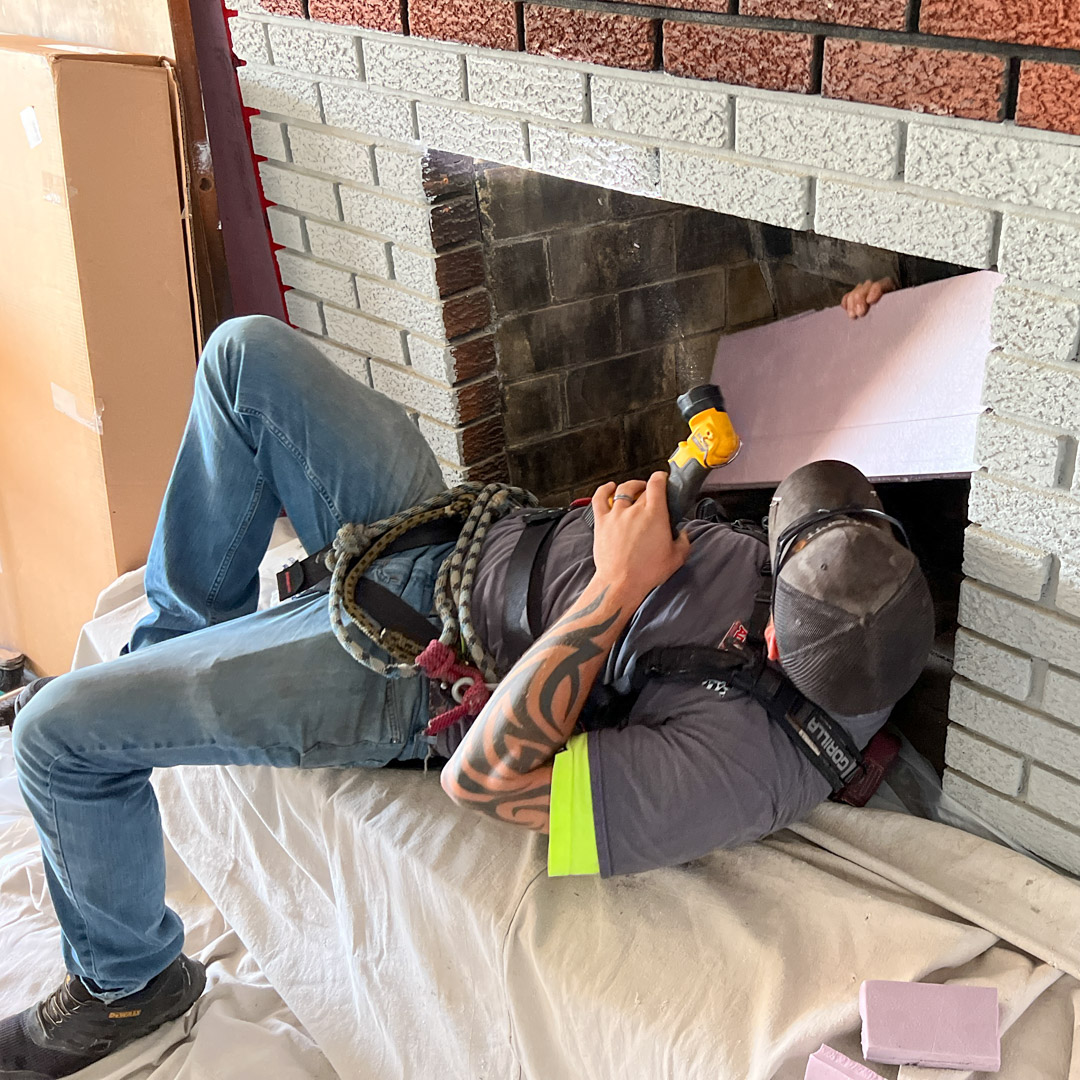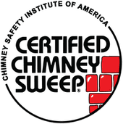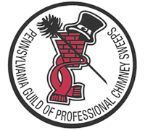Stay Safer This Winter With These Fireplace Safety Tips
It’s only mid-January, meaning we still have weeks of winter left ahead of us. And here in Pittsburgh and its surrounding cities, that means more snow, ice, and freezing temperatures are yet to come!
Because of this, fireplaces throughout the area are likely to experience a lot of use in the next couple of months. And while we love to hear that our customers are enjoying the many benefits of their fireplace, we also want to ensure you stay as safe as possible.
That’s why we’re here to offer some fireplace safety tips for the season ahead. Read up, then give us a call if you have any concerns about how your system is functioning. We’d be happy to help with it all!
Check Your Smoke & Carbon Monoxide Detectors
 Both smoke and carbon monoxide detectors are a vital part of keeping you and your family safer. Carbon monoxide is toxic to inhale, and its colorless, odorless nature makes it basically impossible to detect. As for the symptoms of exposure, they aren’t always so easy to pinpoint either, as many are similar to a cold or flu. This means you may not know you’ve inhaled dangerous amounts until it’s too late – and makes a detector that much more important.
Both smoke and carbon monoxide detectors are a vital part of keeping you and your family safer. Carbon monoxide is toxic to inhale, and its colorless, odorless nature makes it basically impossible to detect. As for the symptoms of exposure, they aren’t always so easy to pinpoint either, as many are similar to a cold or flu. This means you may not know you’ve inhaled dangerous amounts until it’s too late – and makes a detector that much more important.
Smoke is easier to spot and smell at least, but this doesn’t apply to the nighttime when you and others are sound asleep. In these cases, it’s up to the smoke detectors to start beeping loudly and wake the household up, so you can escape in time.
In the end, having both smoke and carbon monoxide detectors installed on every level of the home (and outside of all bedrooms) is a must. Along with this, be sure to have them linked up. That way if one on the bottom floor goes off, all the ones on the top floor will sound, as well (and vice versa). Finally, be sure to check the batteries every month, change them every 6 months, and replace the unit per the manufacturer’s instructions.
And, while we’re on the subject, be sure to keep fire extinguishers in your home, as well!
Burn Only Seasoned Firewood
Too many assume it’s totally fine to throw paper, boxes, plastic cutlery, and other odds and ends into the fireplace for easy cleanup. In actuality, this practice is quite bad for your system, as it encourages the build of creosote, which then increases your likelihood of experiencing a chimney fire.
In fact, the only thing you should be burning in your firebox is well-seasoned firewood, which means even the wrong kind of logs can be harmful.
What qualified wood as being well-seasoned?
- It has been properly dried out for at least six months.
- It is split and dark at the ends.
- It has been cut to shorter lengths.
- It reads below 25% on a moisture meter.
- It makes a hollow “clunk” sound when smacked against another piece (as opposed to a dull thud).
- It will smell mustier and less fresh.
- It is relatively light in weight compared to fresher pieces.
Taking the time to either store and season your own fuel or to properly select it from a vendor makes a big difference in performance and safety. This is one tip you don’t want to neglect.
Properly Remove Fireplace Ash
If you own a wood-burning fireplace, then you’re no stranger to ash buildup. And while a small layer of ash is appropriate to help fuel future fires, too much ash can deteriorate your grate and leave you with less room for fuel. Which is why it should be regularly removed.
That said, removing ash the right way is vital, as oftentimes live embers stay hidden for days on end. This means just tossing them straight into the trash is not the right route to take – and could lead to house fires!
Rather, use a metal scoop to transfer the ash into a metal bucket that has a tight lid and a handle. Once you’re done, secure the lid, then place it outdoors on a non-flammable surface for at least a few days until you can know for certain that all embers and sparks are completely dead.
After that, dispose of it how you wish. Or find an alternative use for it, like putting in your garden, making walkways less slippery, or using it to remove oil stains from your driveway.
Keeps Kids & Family Members Educated
It’s important to make sure your entire family knows about fireplace safety. Young children, for instance, shouldn’t be allowed to operate your fireplace, and no one should ever leave a fire unattended (or leave kiddos or pets alone near it).
Another piece of advice we offer is to set up a home escape plan should a fire actually occur. If your smoke alarms start beeping in the middle of the night, you may not have much time to get out. Setting up escape routes ahead of time will save valuable seconds and ensure everyone knows the safest and easiest ways out of the home.
You’ll also want to decide on a safe spot to meet up outside of the home. And remember – once you’re out, stay out!

Invest in Professional Maintenance
Any reputable chimney company, along with esteemed organizations like the Chimney Safety Institute of America (CSIA), the National Fire Protection Association (NFPA), and the National Chimney Sweep Guild (NCSG), all recommend homeowners invest in professional chimney inspections at least once per year.
Annual inspections (ideally completed before the start of your burning season) ensure your system is all set to operate as safely and as efficiently as possible. Sweeps will check for debris or creosote buildup, as well as any damages or missing components. This ensures you can use your system with the peace of mind you deserve season after season!
And if your sweep suggests scheduling a sweeping or repair, getting this maintenance on the books ASAP is imperative. You should never use your system if damages or buildup is present, as this will heighten your risk of smoke/carbon monoxide exposure and house fires.
Need Care? Call On Us!
If you need chimney maintenance anytime throughout the year, don’t hesitate to give our experienced and qualified technicians a call. We perform inspections, sweepings, and a long list of repairs, and we can handle your dryer vent cleanings, too. We strive to do it all!
Ready to get started? Call or reach out online today!







